First Lieutenant Willard Bernard Barnhart
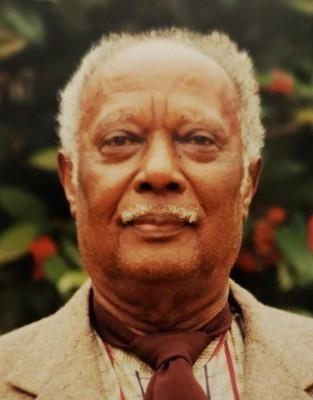
- Unit: 145th Anti-Aircraft Artillery Automatic Weapons Battalion, 45th Infantry Division
- Date of Birth: December 28, 1928
- Date of Death: November 15, 2018
- Hometown: Monticello, Florida
- Place of Death: Tallahassee, Florida
- Cemetery: Section 1, Grave 396. Tallahassee National Cemetery, Tallahassee, Florida
Mentored by Mr. Zachary Brinkley
Wakulla High School
2024/2025
Early Life
Willard Barnhart was born on December 28, 1928, in northern Florida, in the small segregated town of Monticello, Florida. Located just a short distance from the state capital of Tallahassee, Monticello was a close-knit community that was deeply affected by the racial and economic realities of the time. Growing up in such an environment, Barnhart experienced firsthand the pressures and limitations of life in the Jim Crow South, where systemic segregation and the challenges of the Great Depression and World War II shaped the lives of many African Americans.
Barnhart was the son of Julius Cornelius Barnhart and Rosetta Alexander. His parents were a strong influence in his life, especially his mother, Rosetta, who, along with his father, instilled in him a profound respect for education as a key to opportunity and success. Julius, a dedicated worker at the Florida Power and Electric Company, would leave for work at 3 a.m. every day. This demanding schedule meant that Willard would only see his father for brief moments each day, which fostered a strong bond between him and his mother. They lived next to Fellowship Baptist Church, where Willard frequently attended services, developing a deep and lasting connection to his faith.
Barnhart’s early life was marked by significant economic hardship. In an interview with the University of Florida on March 17, 2017, he reflected on the many responsibilities he shouldered as a child to help maintain the household. His family’s financial struggles were compounded by his father’s long working hours and the limited oversight he received from his parents, which led to a great deal of independence at an early age. He often wore oversized, ill-fitting clothing, a symbol of the family’s economic difficulties. Despite these challenges, he developed a strong sense of resilience and determination.
When he was 14, Willard Barnhart’s life took a difficult turn. His older brother, Roosevelt Oswald Barnhart, enlisted in the U.S. Army during World War II, and his parents separated. With his family fractured, Willard was left to navigate life on his own. The pressures of segregation and the harsh realities of the time undoubtedly shaped his worldview, but they also fueled his determination to succeed.
Aware that education was his best chance for a better life, Willard decided to leave the Jefferson County school system in favor of Lincoln High School in Leon County, where he believed he would receive a better academic foundation. He saw education as a critical path to success. He enlisted in the U.S. Army in 1946 to ensure his eligibility for the G.I. Bill.
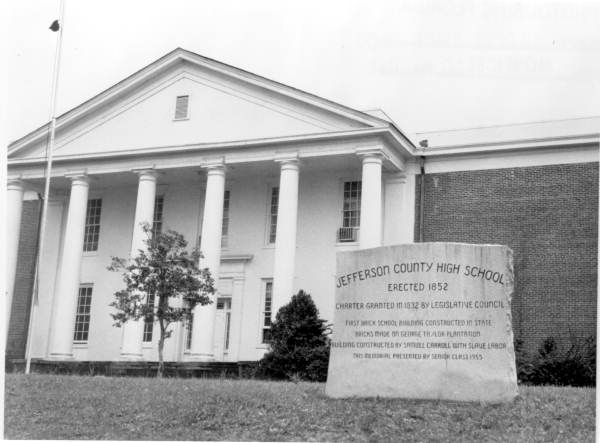
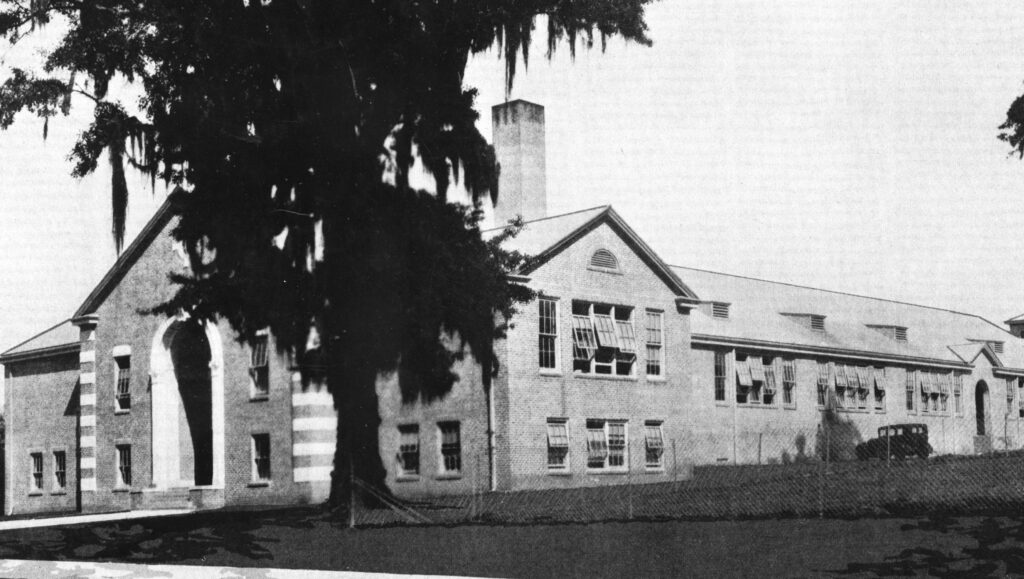
Homefront
Barnhart’s hometown of Monticello, Florida, was a small town where both de facto and de jure segregation shaped daily life for Black residents. During the 1930s and 1940s, racial segregation in Florida was enforced not only through Jim Crow laws but also by state policies that institutionalized discrimination in education, employment, and voting rights. Florida’s legal framework mandated separate and unequal schooling, limited economic opportunities for Black residents, and reinforced social segregation through restrictive housing covenants and disenfranchisement laws.
Like much of the Deep South, Monticello adhered to rigid racial segregation, which governed nearly every aspect of life, from separate schools, restrooms, and drinking fountains to racially divided public transportation and housing. The Black community lived in underfunded neighborhoods with limited access to basic services, while White residents benefited from better education, healthcare, and infrastructure. The Black residents of Monticello were largely confined to low-wage agricultural labor or domestic work with little chance of upward mobility.
In the 1930s, Monticello had a population of approximately 2,000 residents, with Black residents comprising about 60% of the population. This was reflective of broader trends in northern Florida, where many rural towns had Black majorities due to the legacy of slavery and sharecropping. Across Florida, Black residents made up about 30% of the total population, a figure higher than the national Black population percentage, which was roughly 10% at the time. Black residents were politically disenfranchised through literacy tests, poll taxes, and outright voter intimidation, ensuring White political dominance in local and state governments.
Economic disparities in Monticello mirrored those seen across the South. Black households earned significantly less than their White counterparts, which was less than half of that of White residents in the state of Florida. In some agricultural towns, Black laborers earned as little as $5 per week, while White landowners and business owners accumulated wealth. The Great Depression further exacerbated these inequalities. New Deal programs often excluded Black workers or funneled disproportionate resources to White communities. During World War II, when Florida’s economy saw a boost due to war-related industries, Black workers were largely restricted to menial and low-paying jobs.
In Monticello, these disparities were compounded by the political influence of the Pork Chop Gang, a group of White politicians who dominated Florida’s government in the mid-twentieth century. This group actively worked to maintain racial segregation and suppress Black political and social power. They resisted federal efforts to promote racial equality, upheld discriminatory voting laws, and sought to undermine civil rights organizations like the NAACP through baseless accusations and investigations. Their policies ensured that Black communities remained underfunded and politically powerless, reinforcing the economic struggles faced by Black residents.
The town’s economy during the 1930s and 1940s was heavily dependent on agriculture, particularly the production of fruits, vegetables, meats, dairy, and tung oil. Tung oil, derived from the seeds of the tung tree, became highly valuable during wartime for its use in paints, varnishes, and coatings for military equipment.
Tallahassee, located just 25 miles west of Monticello, was experiencing significant growth during this period. As the state capital, it benefited from increased government investment and infrastructure development. The expansion of Florida State College for Women (which became Florida State University) and the presence of Florida A&M University fueled economic activity. Wartime industrialization and military-related investments brought jobs and new businesses to the region.
After World War II, many Black Veterans faced systemic discrimination in receiving G.I. Bill benefits to access financial support for higher education and homeownership. Black Veterans could be denied loans, grants, or college admissions. Many universities were still segregated and refused to admit Black students. Similarly, many neighborhoods had standing policies, both by law and by unspoken word, not to allow Black residents, which further created a racial divide that exacerbated the issues of underdevelopment and a lack of modern housing.
Monticello’s social and economic landscape during this period was a direct reflection of the racial disparities that plagued Florida and the United States as a whole. The racial oppression, economic hardship, and political disenfranchisement that defined Monticello shaped Barnhart’s worldview, instilling in him both the resilience to overcome adversity and the determination to fight for civil rights and social justice.
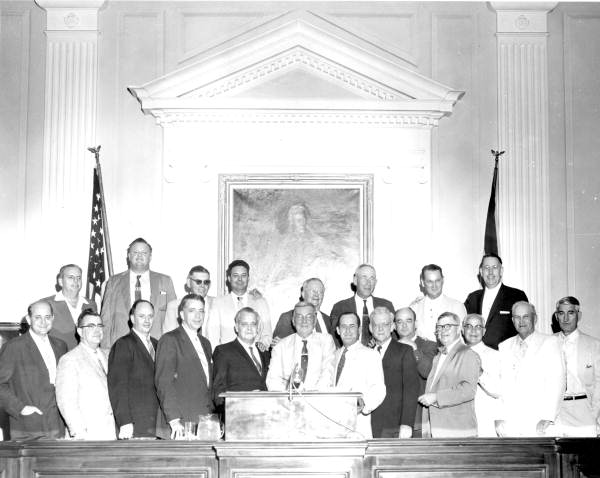

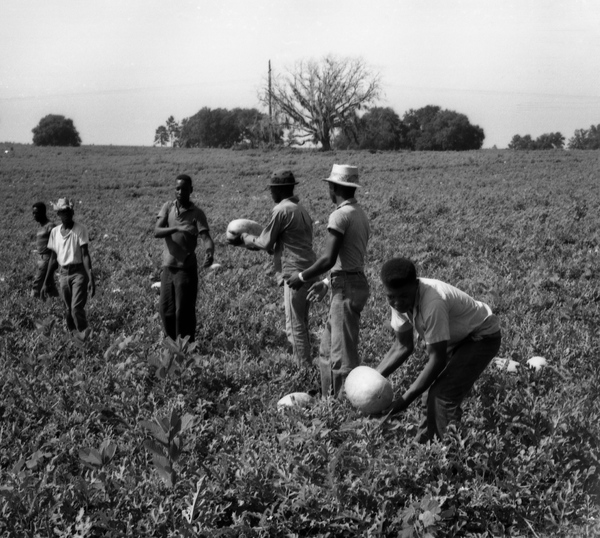
Military Experience
Barnhart first enlisted in the U.S. Army in 1946. He completed basic training with an all-Black unit at Fort Eustis, Virginia. During basic training, Barnhart encountered the deeply ingrained racial segregation. Black soldiers were housed separately, received older or inferior equipment, and were often assigned to labor-intensive or support roles rather than combat positions. Despite these challenges, Barnhart excelled in his training and proved himself to be a capable leader. He later reflected on how these early experiences instilled in him a determination to overcome racial barriers and pave the way for future Black officers in the military.
He was assigned to the 26th Transportation Terminal Trucking Battalion, responsible for transporting supplies, troops, and equipment. After leaving active duty on June 11, 1948, Barnhart continued his service in the U.S. Army Reserves while attending Florida A&M University. He was commissioned as an officer in 1949 at the age of 21 and pursued a degree in Business Administration.
In 1953, Barnhart underwent further training at Camp Stewart, Georgia, and Fort Bliss, Texas, where he became a Battery Commander. He was then assigned to the 145th Anti-Aircraft Artillery Automatic Weapons Battalion. During this period, Barnhart witnessed atomic weapons testing. He described the tests as both awe-inspiring and sobering, highlighting the immense power and destructive capability of nuclear weapons.
Barnhart was deployed to Incheon, Korea, with the 279th Infantry Regiment, commanding Battery A of the 145th Anti-Aircraft Artillery Automatic Weapons Battalion, 45th Infantry Division. His unit, comprising 165 men and five officers, was tasked with providing anti-aircraft defense. Barnhart reflected on his wartime experience with a sense of duty and resilience, acknowledging the challenges faced by his unit and the camaraderie that developed among the soldiers. He emphasized the importance of leadership and adaptability in navigating the complexities of combat situations.
During his time in Korea, Barnhart experienced firsthand the dangers of friendly fire. Recounting a particularly harrowing incident, he stated, “Yes. My own Air Force dropped a five-hundred-pound bomb on me while I was trying to check the headspace and timing of a fifty-caliber machine gun of one of our half-tracks.” Miraculously, he survived the blast by falling between the logs of a bunker, escaping without injury. The attack left a massive crater and resulted in one of his enlisted men losing his leg.
He reflected on the confusion and disorientation that often plagued combat zones, noting that “many of our own troops…will deliver fire on you because they don’t know who you are, they don’t know where you are.” In another striking example, Barnhart recalled how Battery B of his battalion mistakenly shot down an American F-80 fighter jet that had been firing on their position. These incidents underscored the chaotic nature of war and the critical importance of situational awareness, terrain knowledge, and communication in preventing friendly fire tragedies.
As a Black officer, Barnhart faced significant disparities that hindered his ability to train effectively for his leadership role. While stationed at Camp Stewart, Georgia, instead of training with his unit as a platoon leader, he was repeatedly reassigned to menial tasks such as inventorying supplies in cold storage for the quartermaster—duties unrelated to his responsibilities in air defense. On another occasion, he was assigned to stand in as a flag holder rather than receiving direct combat training. When serving as a safety officer, he was tasked with handling misfired artillery rounds, a hazardous duty that removed him from his unit’s core mission. Additionally, when a White officer was relieved of his role as mess officer, Barnhart was forced to take over the position and was later held responsible for financial discrepancies that occurred under his predecessor’s administration, leaving him no choice but to pay for the shortages.
Despite these systemic challenges, Barnhart continued to serve with distinction, commanding a largely White unit in Korea at a time when the military was undergoing integration. His experience highlighted the racial inequities that Black soldiers and officers faced, even as they served their country with honor.

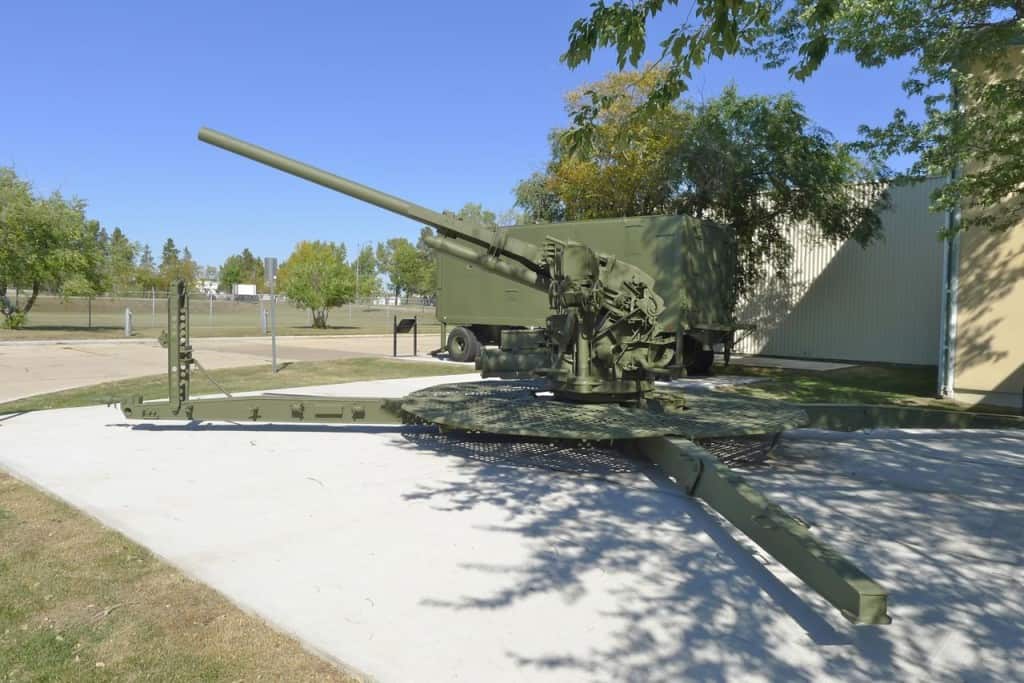

Veteran Experience
In December of 1950, Willard Barnhart married Dorothy Simpkins in Jefferson, Florida. Together, they built a life. Their bond endured through the years.
After completing his service in Korea, Barnhart returned to Florida and began working as a teacher while continuing his military commitment in the Army Reserves. He transitioned into administrative roles at Florida A&M University, first as an accountant and then as the manager of the university laundry. Eventually, he became a building inspector for the university, ensuring that campus facilities met safety and compliance standards.
Beyond his professional career, Barnhart was deeply involved in his personal ventures and community. He owned and operated Barnhart Farms. His strong commitment to faith was reflected in his service as a deacon at Greater Fellowship Missionary Baptist Church in Monticello, Florida. In 1970, he served on a biracial committee to help address issues of school integration in Monticello.
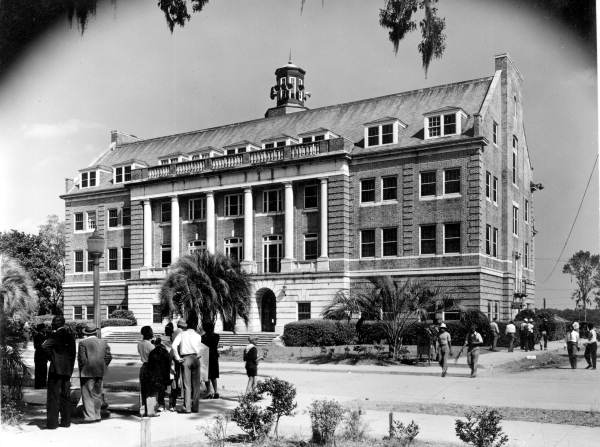

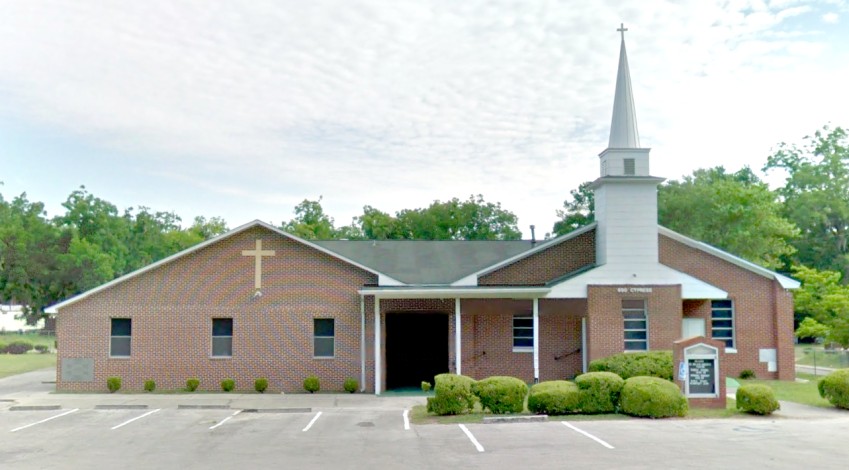
Commemoration
Willard Barnhart died on November 16, 2018. He is buried at Tallahassee National Cemetery in Tallahassee, Florida. The inscription on his headstone reads, “excuses satisfy those who make them.”
A deep sense of family and community marked Barnhart’s personal life. He maintained close ties with fellow Veterans and participated in various organizations that supported former service members. His experiences during and after the war shaped his perspective on the importance of service, both in the military and within one’s own community. Barnhart’s legacy in Tallahassee is remembered as one of dedication, leadership, and a steadfast commitment to uplifting those around him.

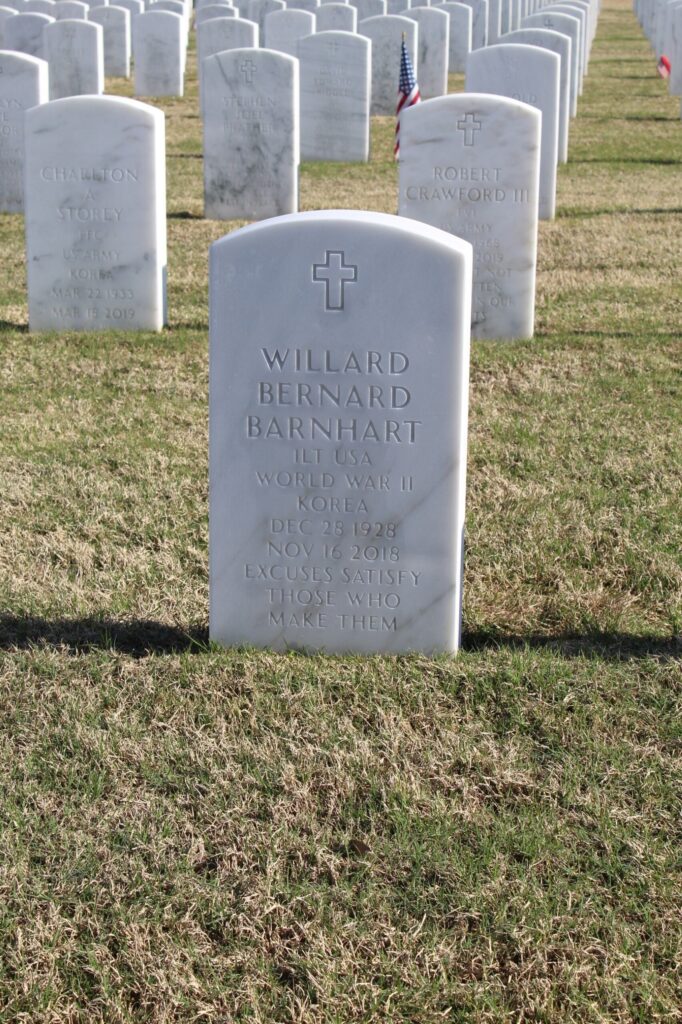
Bibliography
Primary Sources
90MM M1A2 US. Photograph. Royal Canadian Artillery Museum. Accessed April 8, 2025. https://en.rcamuseum.com/90mm-m1a2-us/.
145th Field Artillery Regiment Insignia. Wikimedia Commons. Accessed April 8, 2025. https://en.wikipedia.org/wiki/145th_Field_Artillery_Regiment.
African American workers harvesting watermelons in Monticello. Photograph. June 24, 1964. Tallahassee Democrat Collection, Florida Memory (TD01578H). https://www.floridamemory.com/items/show/270503.
“Army Enlists 11 From Area.” Tallahassee Democrat [Tallahassee, FL], June 13, 1946. Newspapers.com (244302037).
“AAHP 483 Willard Barnhart.” Oral History. Samuel Proctor Oral History Project, University of Florida. https://ufdc.ufl.edu/AA00066581/00001/pdf.
“Benefits for Korean Vets Not So Big As in World War II; Service Better.” Tallahassee Democrat [Tallahassee, FL], August 24, 1953. Newspapers.com (244975900).
“Biracial Group is Formed.” Tallahassee Democrat [Tallahassee, FL], August 31, 1968. Newspapers.com (245078928).
“College Under GI Bill ‘Not What it Used to be.’” Tallahassee Democrat [Tallahassee, FL], December 7, 1952. Newspapers.com (24962529).
Florida. Jefferson County. 1930 U.S. Census. Digital images. https://ancestry.com.
Florida. Jefferson County. 1940 U.S. Census. Digital images. https://ancestry.com.
Florida. Leon County. 1950 U.S. Census. Digital images. https://ancestry.com.
Group portrait of the Pork Chop Gang during the 1956 special session of the Senate. Photograph. 1956. Florida Memory (RC13315). https://www.floridamemory.com/items/show/35657.
“In the Service.” Tallahassee Democrat [Tallahassee, FL], June 14, 1953. Newspapers.com (244964602).
“In the Service.” Tallahassee Democrat [Tallahassee, FL], June 21, 1953. Newspapers.com (244965515).
“In the Service.” Tallahassee Democrat [Tallahassee, FL], December 29, 1953. Newspapers.com (245074514).
Jefferson County High School – Monticello, Florida. Photograph. c.1960. Florida Memory (RC18564). https://www.floridamemory.com/items/show/39851.
“Laundry Award.” Tallahassee Democrat [Tallahassee, FL], August 31, 1968. Newspapers.com (244267719).
Lee Hall at Florida A&M College for Negroes – Tallahassee, Florida. Photograph. October 18, 1947. Florida Memory (C007751). https://www.floridamemory.com/items/show/67543.
“ROTC Students Return from Camp.” Tallahassee Democrat [Tallahassee, FL], September 24, 1950. Newspapers.com (244323072).
“Sudden Death – On a Leash.” Tallahassee Democrat [Tallahassee, FL], July 1, 1951. Newspapers.com (245171376).
“Tallahassee Grows, Grows as End Is Not Yet In Sight.” Tallahassee Democrat [Tallahassee, FL], December 1, 1953. Newspapers.com (245072007).
“Vital Statistics Reflect Great Growth of Tallahassee.” Tallahassee Democrat [Tallahassee, FL], , December 2, 1953. Newspapers.com (245072114).
“What Will South Do About Segregation?” Tallahassee Democrat [Tallahassee, FL], , December 7, 1952. Newspapers.com (244962334).
Willard Barnhart. Florida, U.S., Divorce Index, 1927-2001. https://ancestry.com.
Willard Barnhart. Florida, U.S., County Marriage Records, 1823-1982. https://ancestry.com.
Willard Bernard Barnhart. U.S., Veterans’ Gravesites, ca.1775-2019. https://ancestry.com.
“Willard Barnhart.” Tallahassee Democrat [Tallahassee, FL], , November 23, 2018. Newspapers.com (508622445).
Willard B. Barnhart Collection. Veterans History Project, Library of Congress (AFC/2001/001/112898). https://www.loc.gov/item/afc2001001.112898/.
William Bernard Barnhart, Final Pay Voucher, Department of the Army. National Archives and Records Administration – St. Louis.
“William Barnhart.” Legacy. Accessed December 13, 2024. https://www.legacy.com/us/obituaries/tallahassee/name/willard-barnhart-obituary?id=8785548.
Secondary Sources
“1LT Willard Bernard Barnhart.” Find a Grave. Updated November 22, 2018. Accessed December 13, 2024. https://www.findagrave.com/memorial/194917170/willard-bernard-barnhart.
Barnhart Farms. Accessed April 8, 2025. https://www.facebook.com/p/Barnhart-Farms-100064226164719/.
Dailey, Ryan. “Tallahassee’s original Lincoln School gets historical marker.” Tallahassee Democrat [Tallahassee, FL], October 19, 2016. Newspapers.com (508622445). https://www.tallahassee.com/story/news/2016/10/19/tallahassees-original-lincoln-school-gets-historical-marker/92410880/.
Greater Fellowship Baptist Church. Photograph. Monticello News, February 25, 2025. https://ecbpublishing.com/greater-fellowship-missionary-ministry-to-celebrate-anniversary/.
“Jefferson County HS Monticello, FL Alumni List.” Jefferson County High School. Accessed December 13, 2024. https://jeffersoncountyhighschool.org/monticello-fl/alumni-list-b.html.
Stevenson, Carrie. “Weekly What is It: Tung Oil Tree.” Blog. July 17, 2024. University of Florida. https://blogs.ifas.ufl.edu/escambiaco/2024/07/17/weekly-what-is-it-tung-oil-tree/.
“Willard Bernard Barnhart.” Veterans Legacy Memorial, U.S. Department of Veterans Affairs. Accessed March 8, 2025. https://www.vlm.cem.va.gov/WILLARDBERNARDBARNHART/639F27B.
This profile was funded by a grant from the United States Department of Veterans Affairs. The opinions, findings, and conclusions stated herein are those of the author and do not necessarily reflect those of the United States Department of Veterans Affairs.

